Inspiration
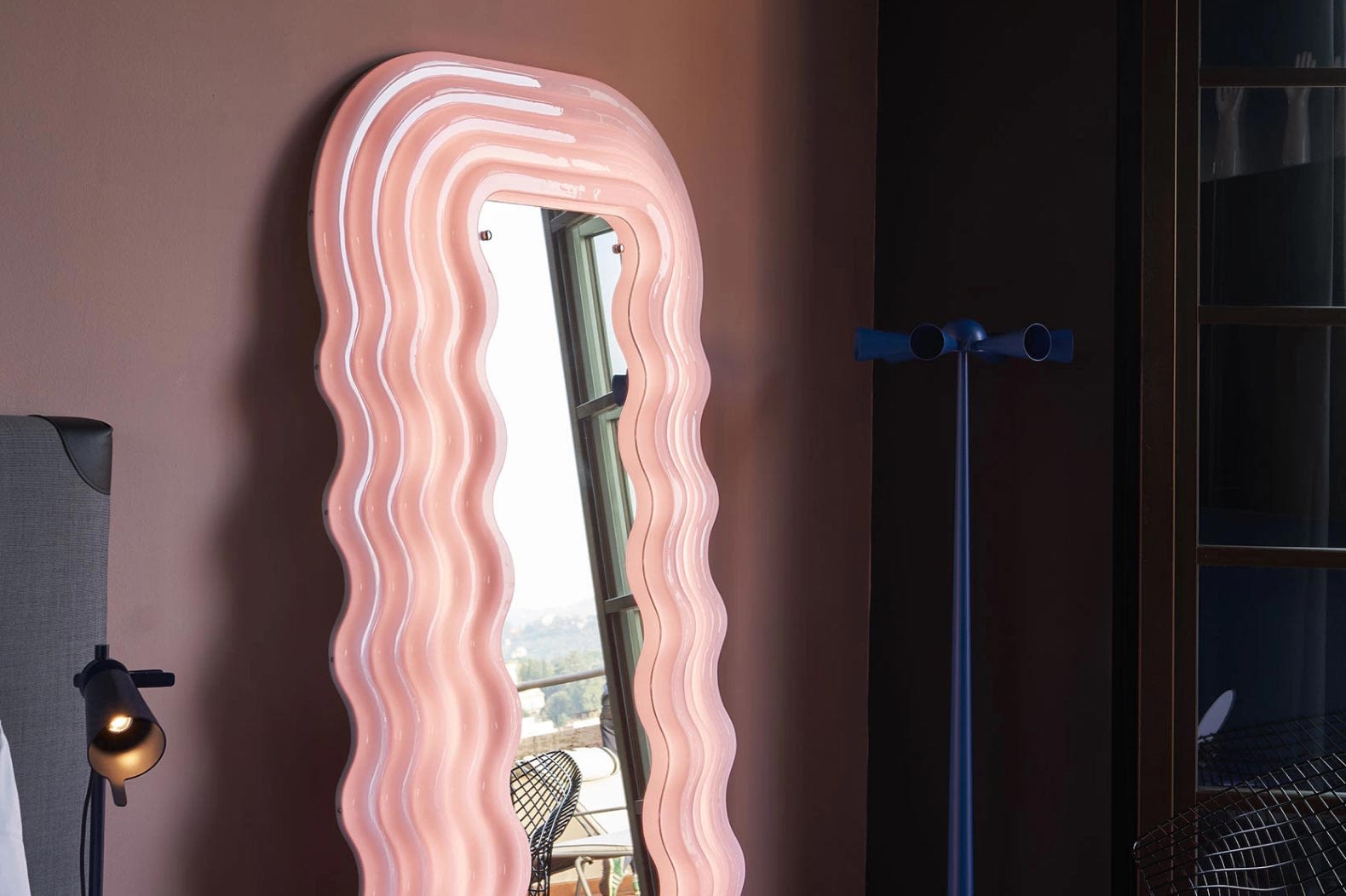
2021/6/1
A designer and a design classic with an edge
A design classic that's getting extra attention right now is Ettore Sottsass Jr's Ultrafragola - a mirror, a lamp and a piece of art in one that translates to Ultrajordgubbe. Young designers are inspired by it in their creations and with its early postmodernist form it fits perfectly in the current Memphis house, both in all-in environments and in more stylish interiors.
Like so many other artists, Ettore Sottsass Jr's popularity seems to increase after his death. Not because he was not known during his sixty-year career, but perhaps because in retrospect it is increasingly clear what an important guru he was for postmodernism. He was way ahead of his time. As Radice writes in Sottsass: A Critical Biography "Ettore's furniture never sold at the time it was designed".
At the age of 12, Ettore and his family moved from Austria to Italy, where Ettore followed in his father's footsteps and trained as an architect. During his studies, he found a mentor in the restless bohemian and artist Luigi Spazzapan, who questioned modern art, politics and oppression. It can be assumed that Spazzapan influenced the young Sottsass to become radical in his approach to design.
Then came the Second World War and Ettore ended up in a prison camp. Back in Italy, he worked for a while with his father in the impoverished post-war period before making his way to Milan. Here there was a strong cultural drive and Ettore took on different types of commissions, whether working in metal, glass, ceramics or set design. Throughout his life he continued to explore different art forms and materials and travelled extensively, especially to India.

...the furniture was designed, in a way, for an existence that is aware of an existential disaster. It was not designed for a bourgeois family where everyone is just happy, content and so on.
After a trip to the USA, he was given the opportunity to work for the Italian company Poltronova, and assignments for other furniture manufacturers followed. He became Poltronova's art director in 1957. The highlight of their collaboration would be the Mobili Grigi exhibition at Eurodomus 3 in Milan in 1970. This is where Ultrafragola is shown to the world for the first time.
Ettore was an early critic of the prevailing trend of functionalism and believed that design should also be sensual and exciting. He saw design as a tool for social critique and, like his American beatnik friends, had a questioning and unconventional view of life.
His work was often colourful and vibrant, and was therefore also gradually seen as pop art. Ultrafragola's wavy shape, reminiscent of a woman's long curls, is a clear flirtation with pop art. The furniture in the Mobili Grigi series is not unlike his forthcoming design for the Memphis group. Ultrafragola has the Memphis aesthetic and its playfulness, works as an outstanding solitaire, and attracts multiple uses - or none at all. It would be a decade before he co-founded the Memphis Group.
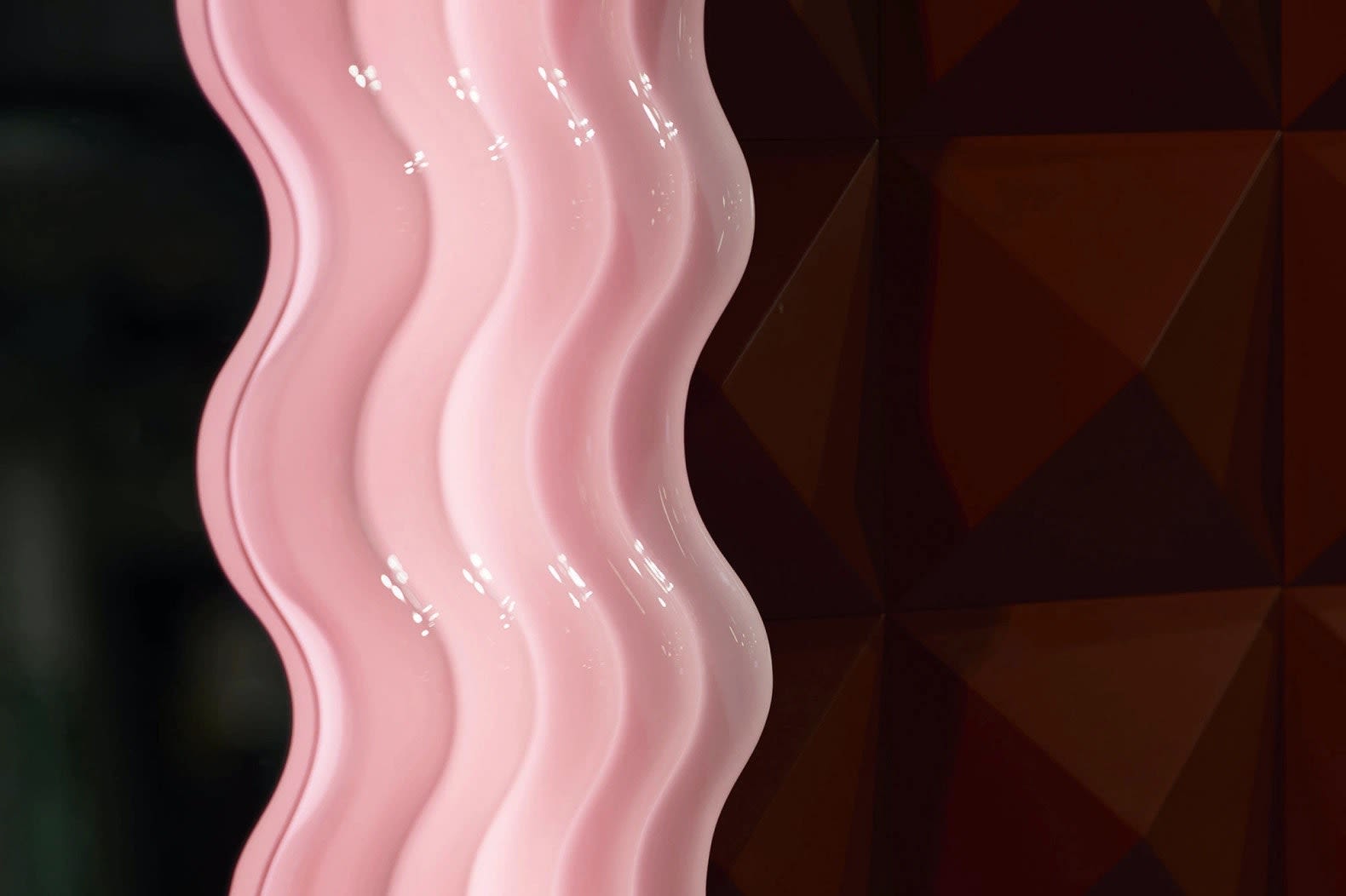
Mobili Grigi - Grey Furniture - consisted of a range of furniture designed for bedrooms and living rooms. The series included a bed, a wardrobe, a floor lamp and a table and chairs. But it was the Ultafragola mirror that would be the only one in the series to be included in Poltronova's catalogue. The other pieces of furniture remained prototypes or were produced in a few copies.
The series allowed Ettore to use fibreglass technology for the first time, which had not previously been used in product design. The furniture had a high-gloss finish in a dark grey dull shade and several of the objects were fitted with neon lights that brought them to life when lit. Ultrafragola's frame doubles as a lamp and is illuminated in pink with LEDs or with the neon light option like the prototype. It is opal white when off and bright pink when on and measures 195 x 100 centimetres. Production has been going on since 1970 without stopping.
To use fibreglass technology, special moulds had to be made, which was very expensive. The furniture was a financial failure, but it would forever inspire posterity. Ettore would also always speak well of Poltronova's founder Sergio Cammilli for daring to undertake the costly experiment.
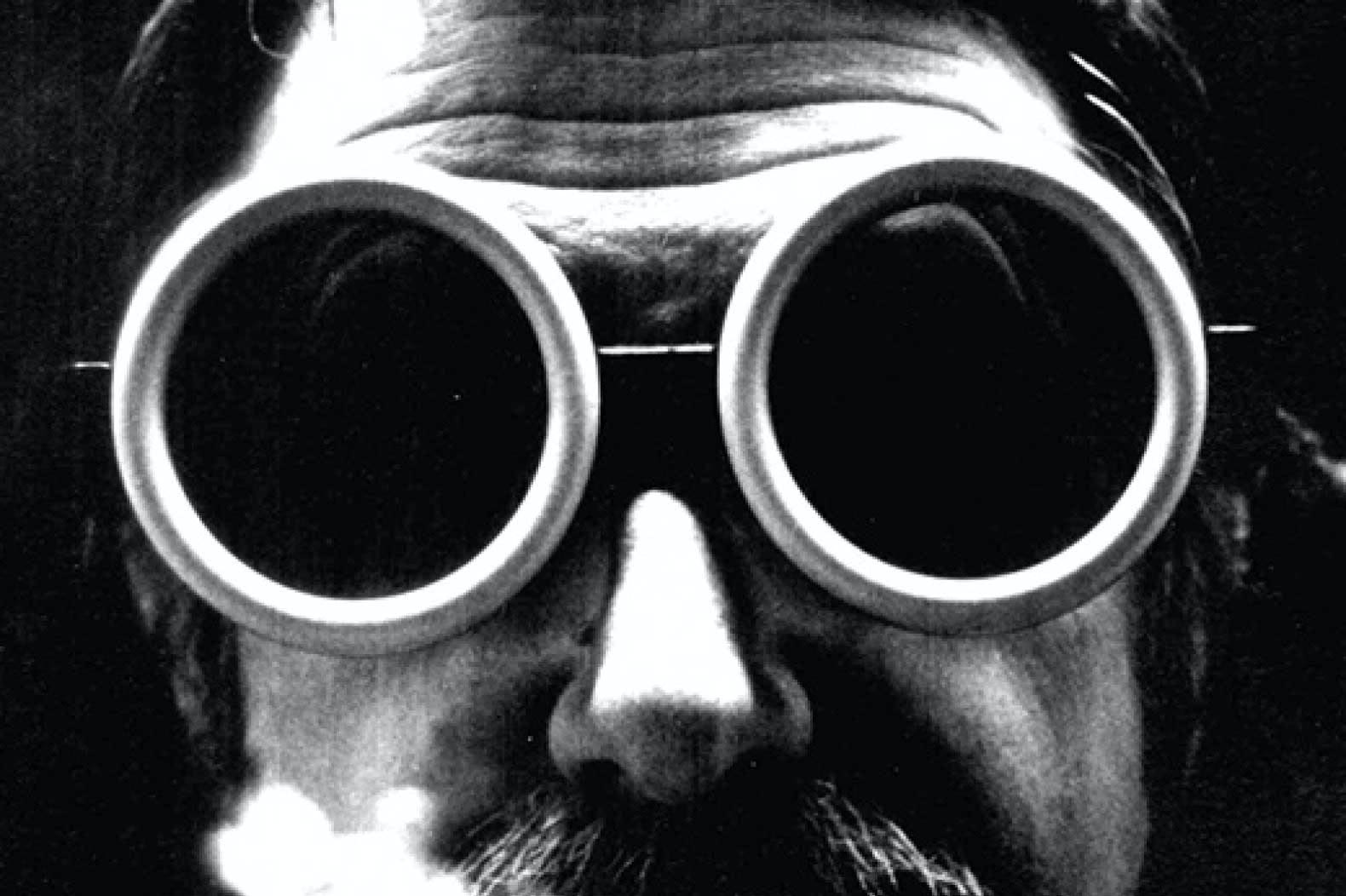
The furniture looks like it comes from another planet and Ettore himself reportedly said that the series was "complete madness". Together with Alberto Fioravanti, he took pictures of the furniture series in which they question existence, explaining in an interview that "...the furniture was designed, in a way, for an existence that is aware of an existential disaster. They were not designed for a bourgeois family where everyone is just happy, content and so on."
He goes on to say of Ultrafragola "Mirrors are mainly used by women and women have a natural sense of seduction. What did not succeed and did not sell was my constant endeavour to give a meaning to the design, to give it a feeling."
Ettore passed away in 2007, aged 90, but his work has forever changed the way we look at design.
Similar articles
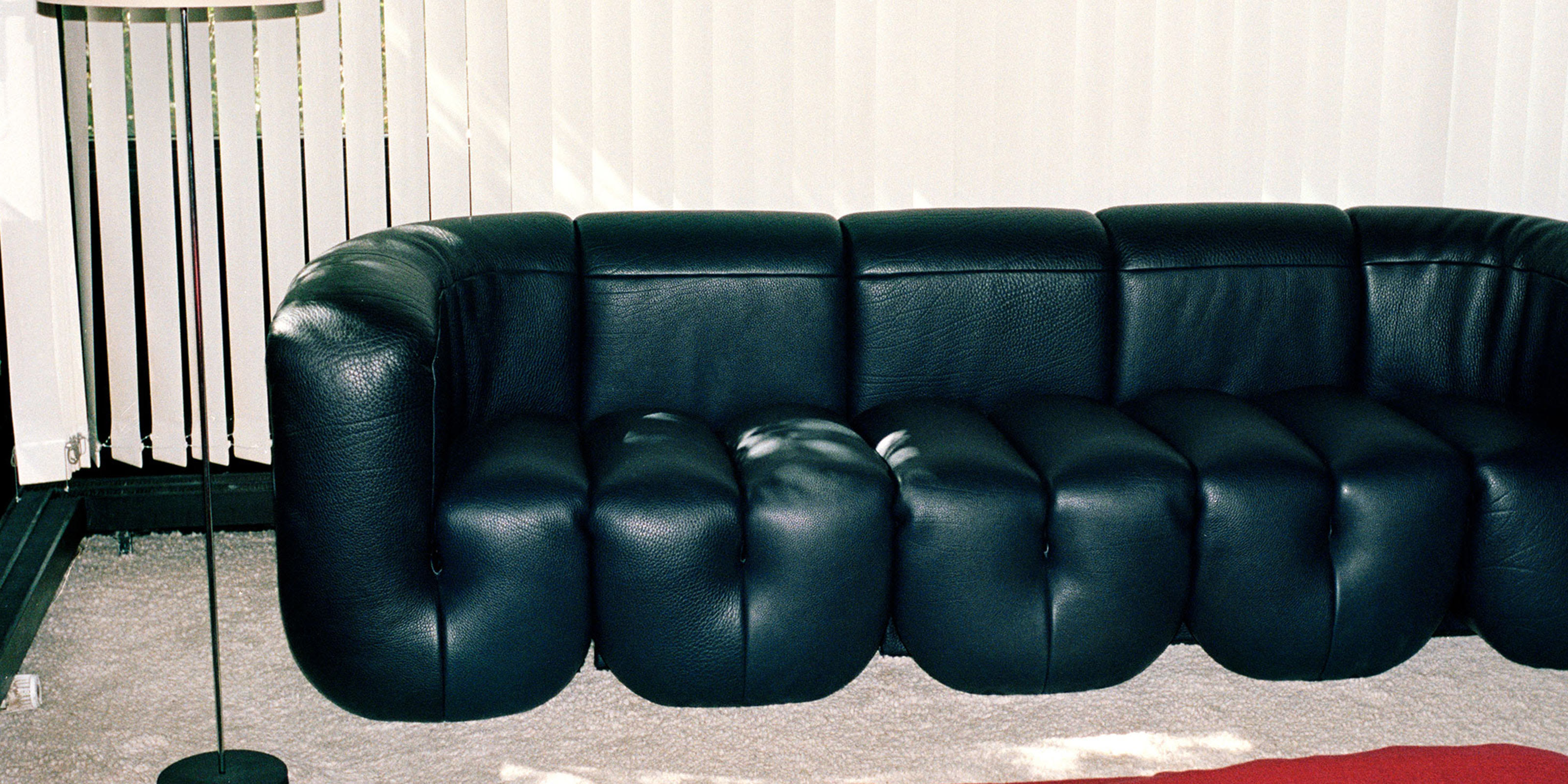
Design icons - discover timeless sofas
A design icon is not just a beautiful piece of furniture - it also represents an essential chapter in design history. Sofas of different varieties that are the result of groundbreaking innovation and carefully considered aesthetic choices. Through the study of design icons, we get a good insight into the vision of designers, but also a broader understanding of the time period in which they were created. Apart from being historical artifacts, they are also sources of inspiration for contemporary designers who carry on the timeless legacy.
2024/3/22
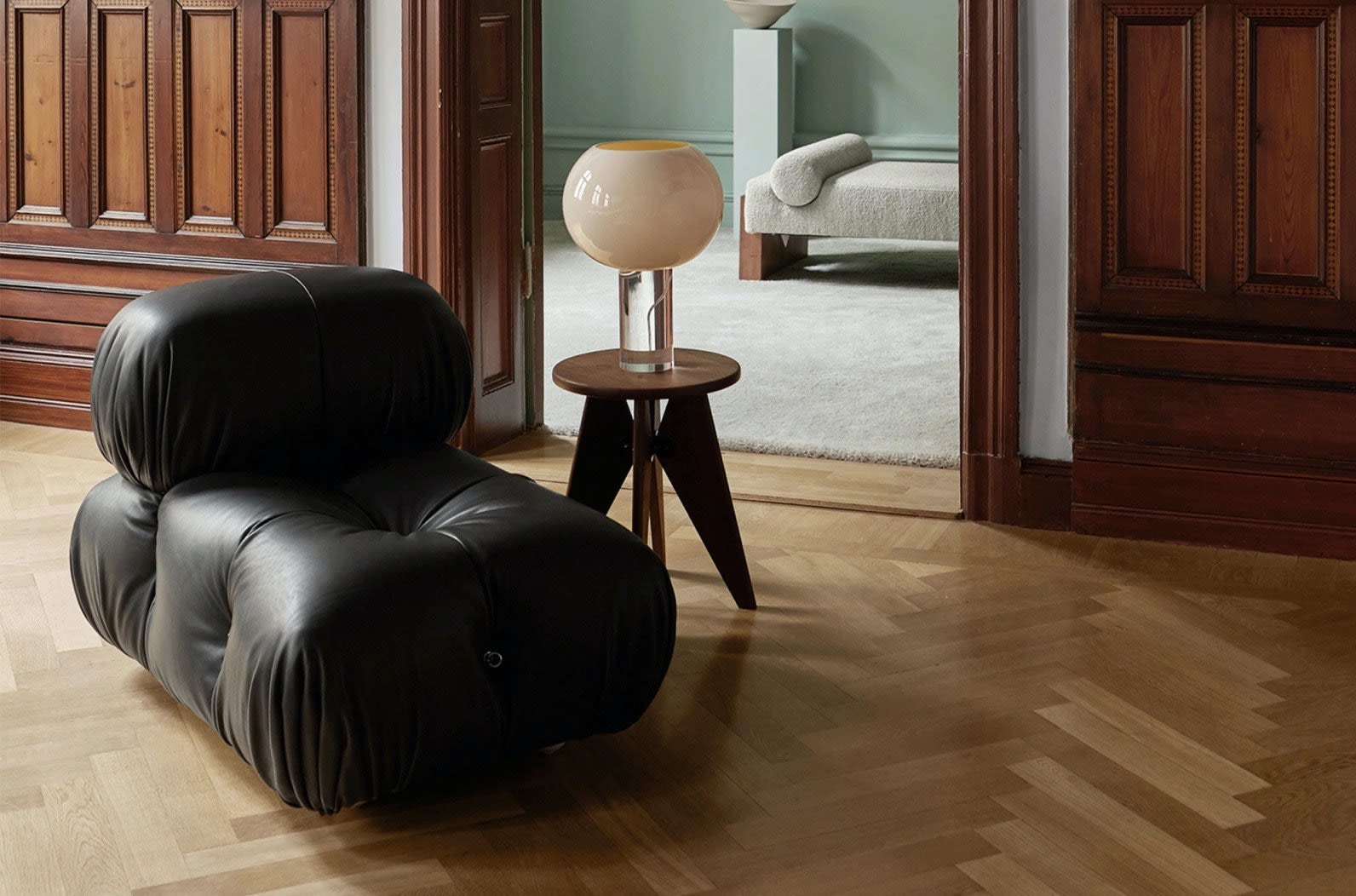
The revolution of soft forms
It's as if a revolution has rolled in and taken over our homes. The same movement has also hit public spaces and not least our Instagram feeds. The revolution comes in soft shapes, with curved contours and it is as if all straight lines and sharp corners have been eliminated in favour of the opposite. The shapes are accompanied by materials that feel as inviting as a soft and warm fur on a chilly winter day or a knitted mohair sweater against bare skin.
2021/5/17
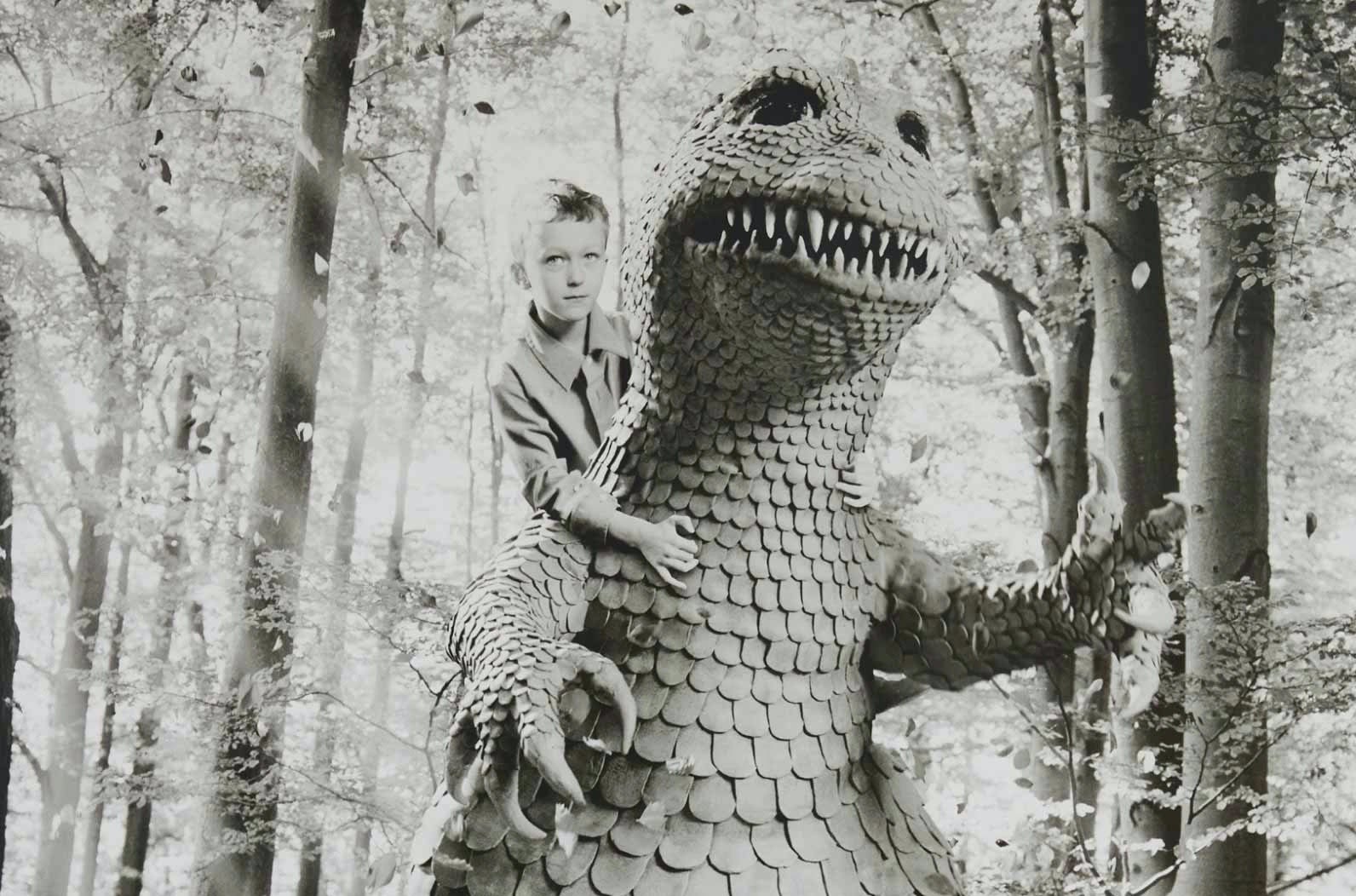
Helena Blomqvist and the fictional reality
Where dreams become reality or vice versa. Helena Blomqvist (b. 1975) is a photographer and artist who uses her distinctive style to create visual narratives that are both imaginative and contemplative of reality.
2021/10/19

Iconic chairs from Fritz Hansen – Danish design in its essence
Founded in 1872 by the cabinetmaker with the same name, Fritz Hansen is a Danish brand synonymous with timeless elegance and pioneering furniture design.
2024/5/3

